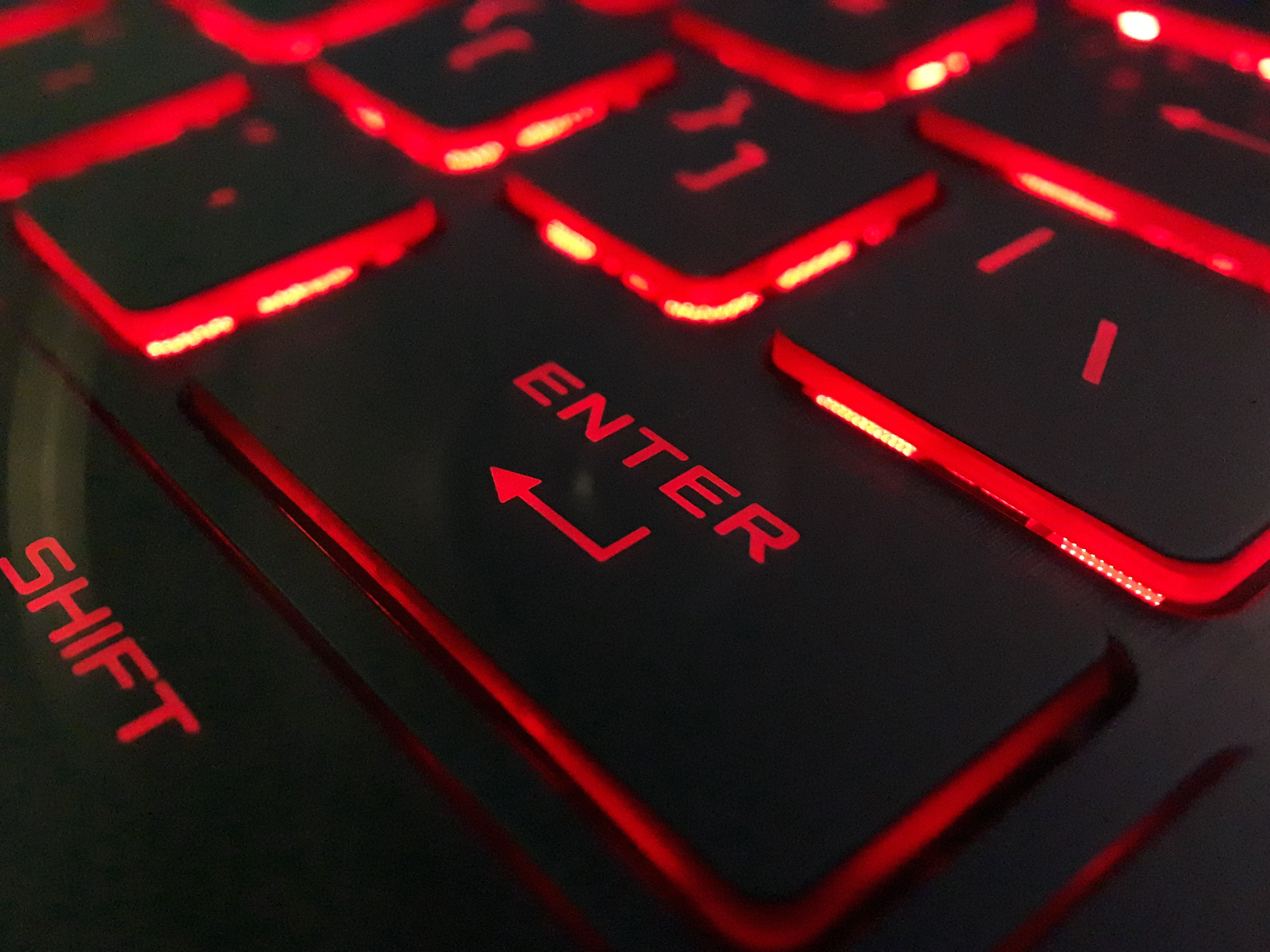By Jenny McBean, Director at Bryter
Playtesting can guide development and set up for launch success ...but getting the right setup is key in ensuring impactful outcomes. At Bryter, we run various types of playtesting sessions - from shorter playtest focus groups face to face, to 20 hour playthroughs remotely. In this guide, we take a look at some key questions and tips for successful playtests.
Why playtest?
Playtesting is vital to the game development process – it allows you to see your game from the first-time player perspective. What you think is easy or clear, may not be to players seeing it for the first time. Playtesting uncovers valuable feedback on a variety of things, from the onboarding process or progression curve, to pain points or unknown bugs.
When to playtest?
When should you playtest? As soon as possible! The sooner you start testing your game with players, the earlier you can learn more about the user experience and steer ongoing development.
Playtesting is an iterative process, most useful when conducted at regular milestones…
- Early: it's a good idea to test the core gameplay loop first, to see what players think, before working on all the details and additional features
- Midway: testing a fuller player experience, over several hours, gaining feedback on progression and specific features
- Endgame: when the game is close to launch, a whole play-through test can identify any remaining bugs and highlight any final adjustments before release

What questions to ask before you start your playtest
- What are my specific objectives? Always set up a playtest with your key outcomes in mind. What do you need to know or validate for the next milestone? Are you testing specific elements, or reviewing the natural player journey?
- Face to face or online? The gameplay time will largely dictate the format of the playtest – with longer tests typically being online and shorter tests being face to face. You should also think about the type of feedback you need. Face to face sessions can offer more layers of insight, from observation, individual interviews and group discussion
- What level of feedback do I need? Insights can be gained in various ways - through gameplay & audio recording, control scheme mapping, surveys, group discussions and individual interviews. Are survey metrics enough to gauge game performance, or do you need more detailed feedback earlier on in development?
- What types of players do I need? Try to recruit a mix of relevant player types, offering different perspectives. For example, your ‘Core’ players who will know the genre well, pick up the game quickly and supply more specific feedback, as well as ‘Expansion’ players who play adjacent genres, who can provide more valuable feedback for attracting and retaining new players.
-1.jpg?width=6000&height=4000&name=Bryter%20-%20A%20Day%20in%20the%20Life%20of%20a%20Bryter%20Playtester%2001%20(2)-1.jpg)
Do's & Don'ts for playtesting
✅ Playtest early & often
✅ Allow enough time to make sure the build is ready and can be tested before the playtest
✅ Make sure you have clear objectives for each playtest
✅ Remember players are new to the game. Consider providing additional help materials outside of the game
✅ Use a mixture of feedback types – quantitative measures, verbatim responses, game recording, audio, control scheme mapping, interviews
✅ Use consistent metrics and KPIs to measure progress across development milestones, or even other games
🚫 Avoid making the test setting too clinical/ unnatural – ideally players feel comfortable to play as they would at home
🚫 Don't playtest before the game is ready – bugs & glitches will seriously impact experience and hamper feedback
🚫 Avoid intervening too much with gameplay (unless there is a game-breaking error) – ask players questions to help them figure it out themselves
🚫 Don't reveal yourselves as being part of the development team – this can influence player feedback to be more positive
🚫 Don't ignore player feedback - even if you don't agree, try to understand where the player is coming from

Bryter Playtesting
At Bryter, we create tailored playtesting solutions, depending on the development objectives.
- Recruiting very specific or niche player profiles based on demographics, genres, titles, hardware
- Incorporating Bryter Benchmarks and frameworks, to add extra context to game performance versus competitors
- Combining several layers of insight - from in-person observation, interviews and gameplay recording, to quantitative data analysis
- Strategic recommendations based on playtest insights, as well as Bryter experience and expertise
Take a look at one of our Playtesting Case Studies here
You can read more about how to leverage market research & player insights throughout the game lifecycle on our website.
Get in touch
Ready to move beyond guesswork? Get in touch with one of the insights team if you want to learn more about different approaches to market research and to understand which methodology may be most appropriate for your insight needs.
web browser, url, browser, computer network, requests, malicious software, captcha, javascript, network connection, page checks




